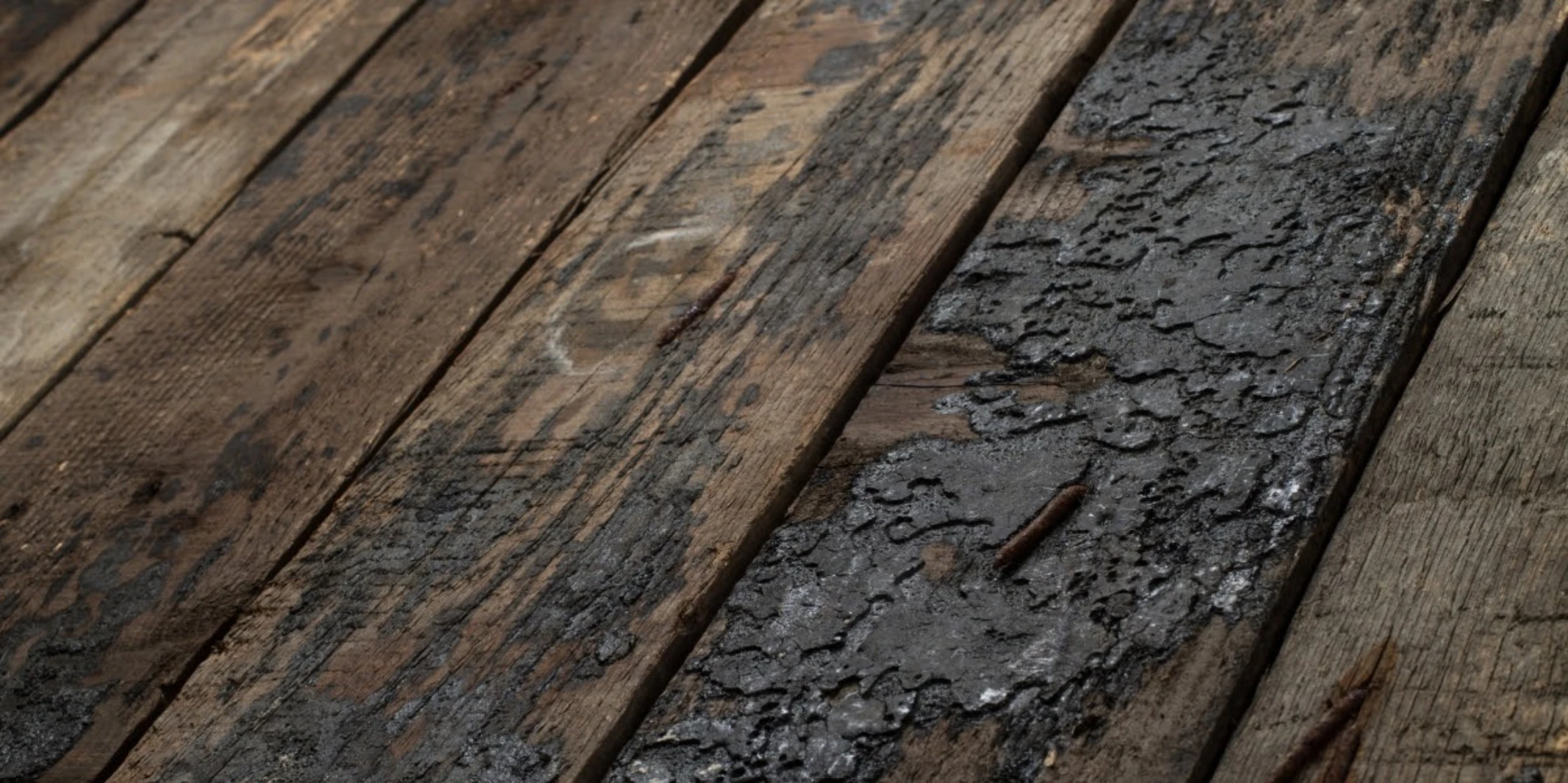7 Tips to Prevent Wood Rot in Your Frisco Home

Beautiful, strong, durable, eco-friendly, easy to work with... it's easy to see why timber is such a prevalent building material. It really only has one big weakness—the dreaded wood rot.
While it can be difficult to avoid, especially outdoors, there are some key steps you can take to keep wood rot off your property and preserve your timber for decades to come. But first, you should know your enemy—what it is, what causes it, and what it looks like. We'll give you that information, plus seven tips from Mr. Handyman of Frisco that will help you stop wood rot before it has a chance to start.
What is Wood Rot and What are the Signs of Rotten Timber?
Wood rot is a form of decay that requires the timber to have a moisture content of 20% or higher in order to take hold. It can’t affect dry timber, though it's sometimes called dry rot. That's why lumber that is exposed to the elements, such as a deck or a home’s exterior, is the perfect environment for wood rot to begin spreading, but lumber that is kept away from a source of moisture can remain sound indefinitely—sometimes even hundreds of years. It's also why all the tips below have to do with keeping moisture away from your timber by any means possible.
On the hunt for wood rot? Thoroughly examine the timber in and around your house for these signs:
- Discolored wood has off-white appearance, is darkened, or has yellowish or purple hue
- Timber appears spongy, stringy, or webbed with cracks
- Timber breaks into cube-shaped pieces (called cubical fracture) or crumbles into "sawdust"
Do you suspect you have rot? Find out by grabbing a screwdriver and pressing it against a suspicious patch. If it sinks right in with little or no resistance, you've got actual wood rot and the rotten timber should be replaced by a handyman professional before it's able to cause serious structural damage.
How to Prevent Wood Rot
Wondering how to keep decay far away from your property? You're certainly not alone. It's a major problem for homeowners that can get out of control in a short period of time if preventative measures aren't taken. Here are seven tips to help you avoid rotten timber.
1. Stain or Paint Outdoor Lumber
When building a deck, gazebo, or any outdoor structure, it's a good idea to start with decay-resistant or pressure-treated lumber. But it's also very important to apply paint or stain to all sides of each piece of lumber and then seal it for a water repellent finish before nailing or screwing it into place.
2. Keep Gutters Clean
Overflowing gutters might just be the number one cause of decayed wood. Your gutters normally collect all the rainwater that falls on your roof (it's more than you may think) and channels it safely away from your home. But when they're crammed full of dead leaves and other debris, all that water pours down the exterior of your home instead causing severe moisture damage—including wood rot—inside and outside the building. Mr. Handyman can not only clean gutters spotlessly, we'll also take care of gutter repairs while we're up on the ladder.
3. Don't Cover Timber with Moisture-Attracting Items
As much as possible, you should avoid having any moisture-attracting items make contact with wood. For example, don't lean anything up against wood siding where rain can get in between and fester. Also, avoid putting rugs or mats on a timber deck—if you have to have them, plastic is a better choice than natural fibers.
4. Trim Back Branches and Sweep Away Soil
Similar to the above tip, you want to avoid having moisture-laden leaves touching timber. Trim bushes and tree branches back so that they're at least a couple of feet away from decks, porches, siding, and so on. You should also prevent the timber from coming into contact with moist soil as much as possible. Sweep excess soil out from under timber fences to give space and prevent it from piling up around deck posts.
5. Maintain Window and Door Frames
Most windows and doors have wood framing which is, of course, susceptible to wood rot. However, when the caulking around windows and doors degrades or takes insect damage, they become highways for water and let moisture into the interior of your walls, causing structural timber to rot as well. Your handyman can apply high-quality acrylic latex exterior caulk that will stop the moisture penetration from going any further.
6. Proper Ventilation Indoors
Some of these tips have dealt with keeping your house dry from outside water, but moisture can originate inside as well. Rooms and areas that are subjected to high humidity levels, such as bathrooms, attics, and crawl spaces, are particularly vulnerable to decaying lumber due to water vapor. They should be fully ventilated with the appropriate fans and vents so that the moisture content of your timber doesn't begin to rise.
7. Check Regularly for Signs of Wood Rot
Vigilance is your best defense against rotting timber. As part of your annual house repair checklist, you should thoroughly examine all the lumber in your home. Make sure to check out obvious areas such as window sills, but also check fixtures such as your hot water heater for signs of moisture that could affect nearby lumber. Also, look for leaks around water supply lines. Don't forget difficult-to-reach areas such as crawl spaces or underneath porches and decks. If you're not up to the task or just don't have the time, don't worry—Mr. Handyman has the experience to complete a full check and ferret out any signs of rot.
Mr. Handyman is Your Best Choice for Wood Rot Prevention and Repair!
Whether you've found wood rot and want it gone, like, yesterday or just need some help shoring up your home's defenses against rotten timber, the team of professionals at Mr. Handyman has the skill and expertise to get your home safe and sound, and keep it that way.
We proudly serve Frisco and surrounding areas such as Aubrey, Little Elm, and Prosper with quality workmanship and excellent customer service. Give us a call today to find out what we can do for you and your property.
 Click to call
Click to call


